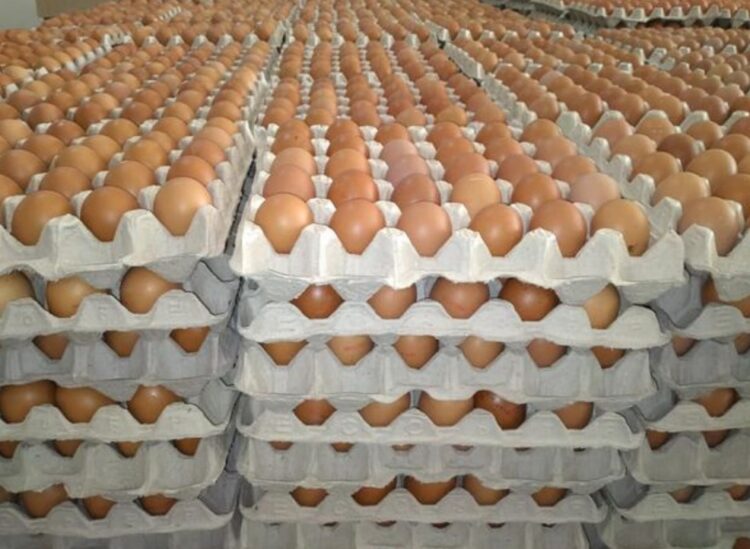The U.S. Bureau of Labor Statistics released a report on Thursday that showed an increase in egg and butter prices in 2022.
While the prices of groceries (or food at home) increased by 11.8%, eggs increased by 59.9% in 2022 due to increasing demand and increased by 11.1% alone in December.
“Even though we’re seeing inflationary pressures ease, we still have a war with Ukraine,” Tom Bailey, Rabobank’s senior consumer foods analyst, said to CNN. “Fertilizer costs have improved, but they still remain very high. Energy costs have improved, but they still remain relatively high. Labor costs still remain a problem—and the list goes on.”
In addition to the eggs, the price of butter increased by 31.4%.
We need to talk about how the price of eggs is up 59.9% from a year ago and 11.1% in December alone. Price of butter is up 31.4% too
— Sarah Ewall-Wice (@EwallWice) January 12, 2023
According to the manager of Arnie’s Gourmet in Ashland, New Jersey, Mark Madrigale, eggs are a great deal to customers, which can impact their business.
“We go through 2,000 meatballs a week,” Madrigale said. “They use a lot of eggs,” manager Mark Madrigale said. “We make homemade quiche, egg salad. A lot of our cold salads contain eggs. So, there are a lot of eggs in our stuff, and we can see how that’s affecting our bottom line a little bit.”
Madrigale said that Arnie’s is trying to keep up with the customers’ demands by purchasing about 1,000 eggs and are trying to prevent the store from increasing the prices.
“They went up to $5.99 a couple [of] years ago, and they’re approaching $6.99, and that’s basically what they cost us to get the good eggs in,” Madrigale continued. “We don’t want to raise our prices anymore from $6.99.”
According to CBS news, in addition to the rising costs and demand for eggs, U.S. production of eggs decreased due to the “avian” flu (or bird flu) epidemic, a disease that killed millions of chickens and turkeys between 2014 and 2015. According to the U.S. Department of Agriculture (USDA), over 57 million birds have been affected by the highly pathogenic avian influenza (HPAI), and Iowa has the most birds affected.
While there’s a low public risk, the U.S. Centers for Disease Control and Prevention advises cooking all poultry and eggs at an internal temperature of 165 degrees Fahrenheit.















